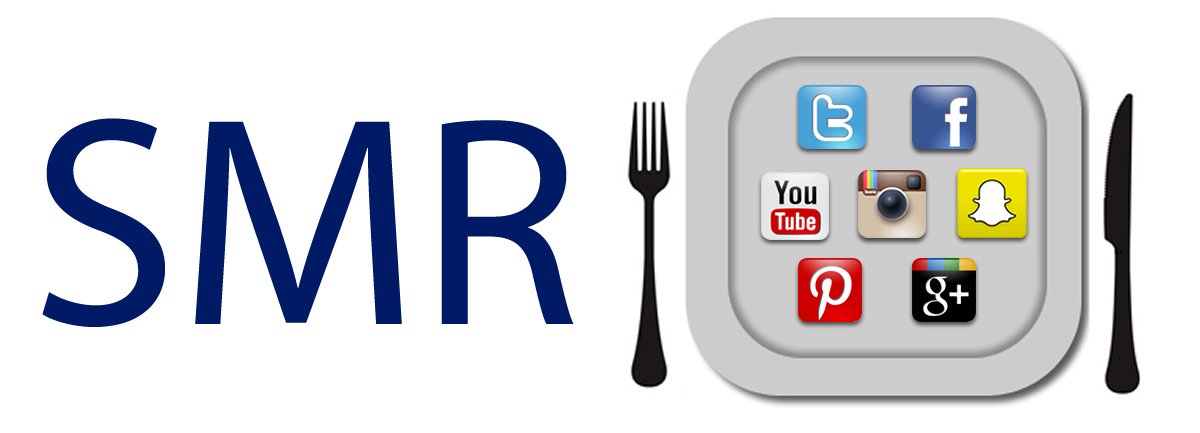Photos – yes, of course you understand that pictures of food are an important part of any restaurant’s promotional campaign, whenever tweeting or posting an update about the menu, wine, or even a new cocktail, it should always be accompanied by a picture. But you would be amazed at the number of restaurant owners that pay photographers for print ads and website layouts – and then post out-of-focus, badly lit, poorly framed photos of their menu on their social media sites for thousands of people to see. There are famous restaurants in NYC, with chef-owners that are household names, that regularly post pictures of their offerings that are almost unidentifiable as food.
Here are several basic tips on food photography. Smartphone cameras have come a long way over the past few years and they are more than up to the task of taking brilliant shots of your favorite dishes.
Tip: Shoot from at least eighteen inches away – any closer and the autofocus is going to be useless.
Keep the Background Clean
Make sure there is a color contrast between the background and the food; avoid using the same color or similar shade for both. Keep the background simple and uncluttered. If unsure, stick to a plain white background.

Adjust the White Balance
Adjust the white balance on your camera according to what you’re shooting. Meat should always be shot in warm tones – a blue-ish tinge caused by fluorescent lights can make the dish look less appetizing.

Use Natural Lighting
When you can, try to shoot with natural lighting. Shoot during the day near a window where you would get plenty of natural sunlight. If you must shoot at night, avoid using flash directly on the food as it is too harsh. Instead, use a flash diffuser or have the flash bounce off a ceiling or wall.

Use a Tripod When Possible
Most food photography will be done indoors, where there might not be enough lighting. Use a tripod whenever you can as it beats trying to hold very still for a long amount of time. It doesn’t need to be a professional model – you can purchase mini-tripods that can be also be easily adapted for use with smartphones to shoot video.

Small Details Make a Big Difference
Don’t disregard the small stuff. Keep in mind that using nice cutlery and a clean serving plate/bowl could make all the difference in transforming a nice photo into a fantastic one.

Get Up Close
Instead of only taking photos of a full plate of food, take some macro shots too. Getting up close to your subject will bring out the textures and finer details, making it more interesting and intriguing.

Cut it, Slice it, Dice it!
As with anything, you shouldn’t just take something for face value. With food, sometimes it’s what’s inside that can create a great shot.

Take Photos from All Angles
Don’t just take a photo from a bird’s eye view, try different angles. Left, right, top, bottom. Feel free to even move the food around and come up with different compositions.

Use Props
Don’t be afraid to jazz up the set. Maybe a bottle of wine in the background with your steak? Just remember to keep it simple – too many props can cause a distractions.

For post production editing I’ve found a great tool called Irfanview. It features simple, intuitive tools for brightening and balancing the colors – and it’s free. Remember – with a little attention to detail food photography isn’t difficult to do well, it is, however, all too easy to do poorly.

